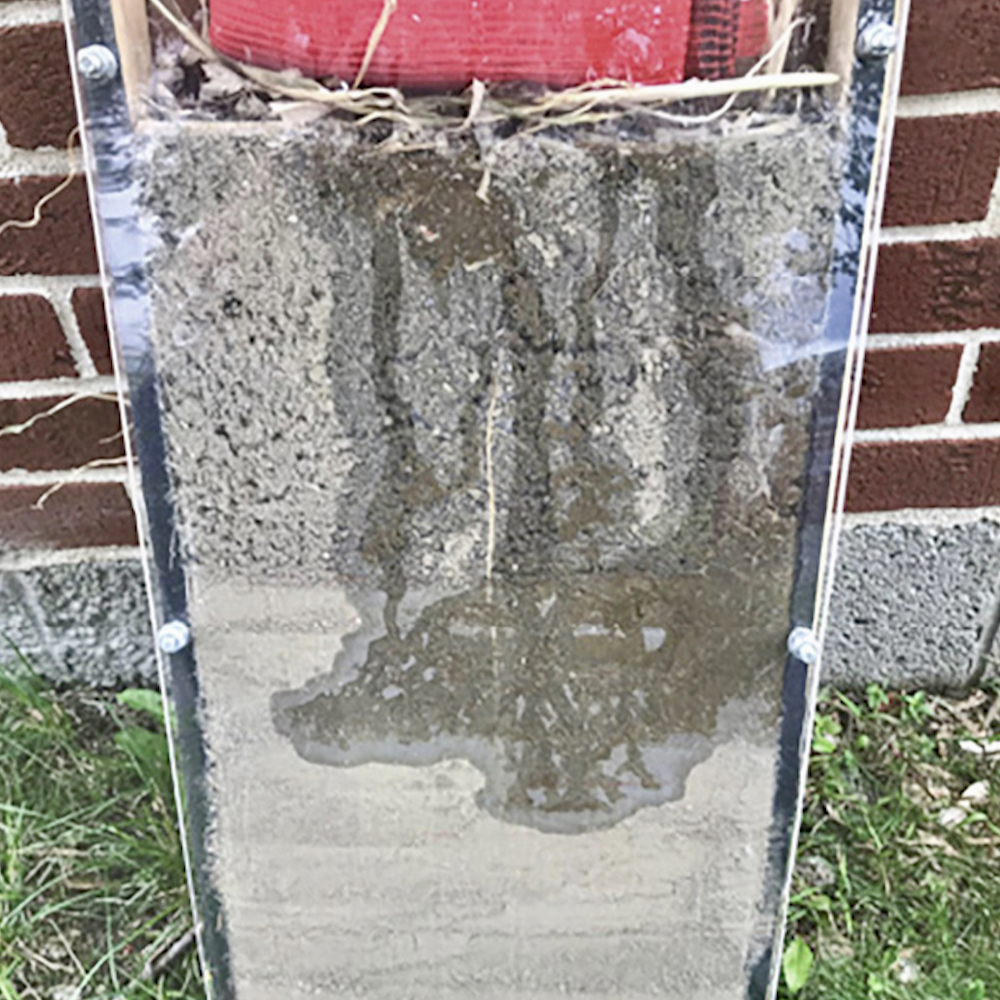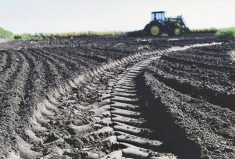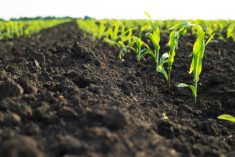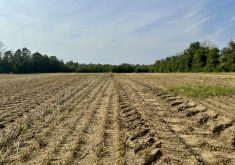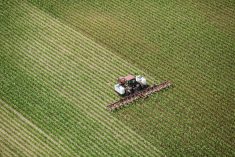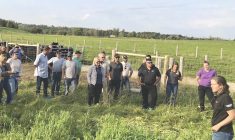A recent webinar organized by Quebec’s provincial agriculture ministry (MAPAQ) brought together two experts from different fields but pursuing the same goal — improving soil’s capacity to cope with increasingly extreme weather events.
Laura Van Eerd, of the University of Guelph’s Ridgetown campus, shared data collected from 65 years of crop rotation research. The trials are being conducted at two research sites, Elora and Ridgetown. Unsurprisingly, the studies show crop rotation improves yield. Using rotational fall wheat, yield increases are approximately seven per cent for corn and 12 per cent for soybeans. Van Eerd added improvements have been seen using oats and barley, with a red clover supplement.
The researcher also mentioned that rather than fading, the long-term outcomes of rotation show continued improvement in yield, soil health, resilience and also by lower nitrogen demand.
Read Also

The forced Japanese-Canadian farmers of the Second World War
Manitoba’s sugar beet farms drew on displaced Japanese-Canadians from B.C. during the Second World War
The study looked at yield only in dry years and found a 2.5 per cent positive difference in yield attributed to rotation. Healthy soils, with more organic matter, have shown to be more resilient, are more protected and allow for a greater margin of error.
Studies conducted on the contribution of cover crops demonstrate that cover crops provide organic matter, resulting in higher crop yields. They also require less nitrogen.
A cost study shows that the first year of planting cover crops has costs, but profitability increases by the third year and continues thereafter. In a meta-analysis of 87 cereal studies, a yield increase of 12-25 per cent was observed in a cereal and maize system.
Water management
Water management is a hot topic in recent years due to the lack of water at key crop moments and the harmful effects when water struggles to escape from fields.
“The challenge in the coming years will be to ensure that the plant gets what it needs at the right time, in the right place, in the right quantity,” said Hélène Bernard, engineer at MAPAQ during her presentation. She said that it is necessary to provide solutions adapted to the current climate by making the right diagnosis when faced with a problem observed in the field.
To achieve this, one must look at the environment of the field and the soil itself. This first means studying the hydraulic network (where the water flows), surface drainage and underground drainage. The study of the soil structure notes the texture, structure, color and odour of the soil. The recommended depth in this case is at least four feet and can be done at any time, unless you want to observe a specific problem, such as the water table.
“It is important to understand what is happening in order to be able to intervene realistically, before starting to do any work,” emphasizes Bernard.
Regarding the various water control structures, special attention must be paid to culverts. If larger than 1.2 meters, they must be the subject to engineer’s specifications to account for the flow of water and the flow upstream or downstream.
In certain fields other structures can help with drainage, such as new ditches, tile drains or subsoiling. As for relining drains Bernard is not against it – but she recommends first investigating the cause of an issue: it could be blocked, broken, poorly designed drains, or one not suitable for more advanced drainage techniques.
Bernard said if she had to recommend water management strategies by priority it would be hydraulically isolating the field by a ditch (for example in the case of an adjacent woodlot), move on to surface drainage and finish with underground drainage.
We must not rely solely on soil’s ability to manage all surface water through infiltration,, said Bernard, as more volatile weather makes this likely to be more common. But solutions must take into account a producer’s ability to assume the expenses and benefits (such as increased profitability) that the operation will derive from it.



